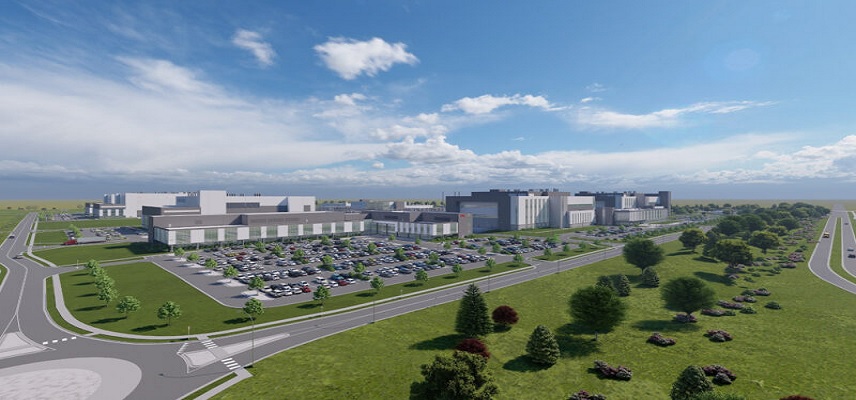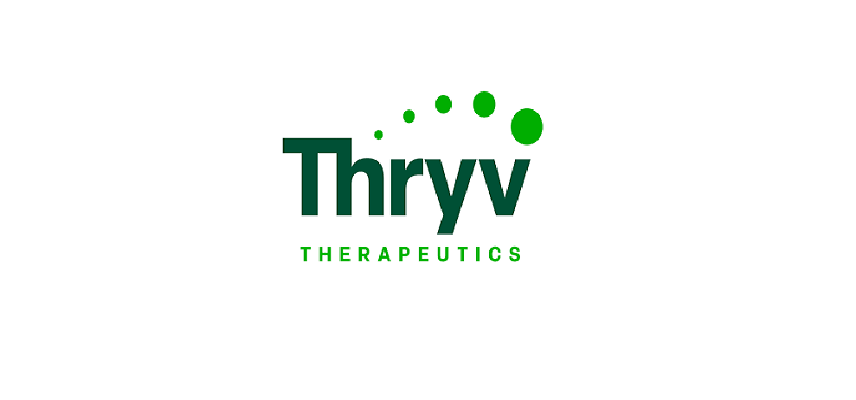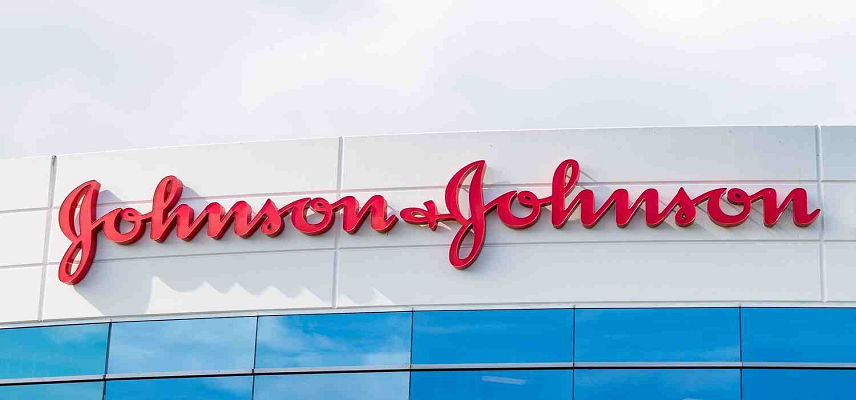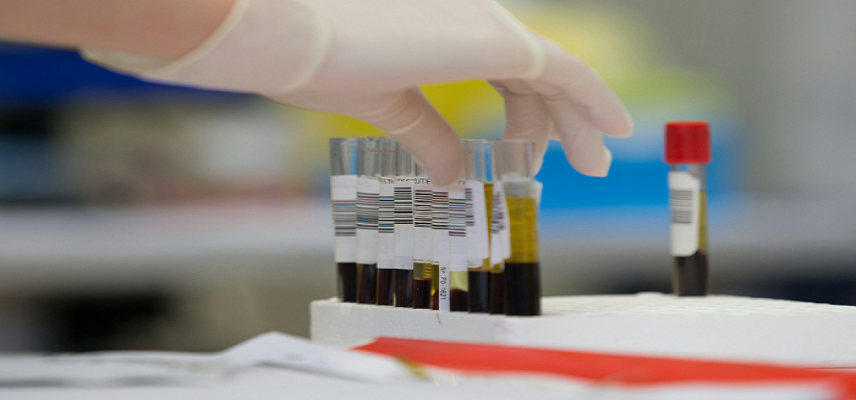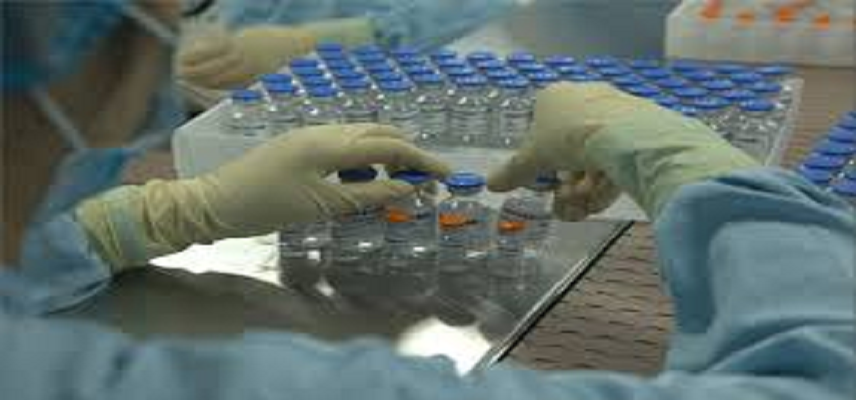Eli Lilly Invests Additional $5.3b for Production of Diabetes, Obesity Drugs in Indiana
Overview
Eli Lilly will spend an additional $5.3 billion to build a massive API complex, close to home in Lebanon, Indiana. This brings total investment in the 600-acre campus (rendering above) to $9 billion, making it the largest outlay in United States history for synthetic medicine API manufacturing, Lilly CEO David Ricks said. (Eli Lilly) Since scoring approval two years ago for its next-generation diabetes treatment Mounjaro (tirzepatide), Eli Lilly has been playing catch up with market leader Novo Nordisk.
Additional Investment
- On Friday, the Indianapolis-based drugmaker revealed its plan to take a giant leap in the race, as it will invest an additional $5.3 billion to build a massive manufacturing complex, 30 miles away in Lebanon, Indiana.
- The expenditure will boost production of active pharmaceutical ingredient (API) for its injected tirzepatide products Mounjaro, for type 2 diabetes, and Zepbound, for obesity, Lilly said.
David Ricks on This Development
- The announcement comes as Lilly and its Danish rival scale up in an effort to meet the overwhelming demand for their blood sugar modulating products.
- Lilly’s new financing brings total investment in its 600-acre campus to $9 billion, making it the largest outlay in United States history for synthetic medicine API manufacturing, CEO David Ricks said in a statement.
- “Importantly, we are investing in our home state of Indiana, creating high-wage, advanced manufacturing, engineering and science jobs for hundreds of current and future Hoosier families,” Ricks, a graduate of nearby Purdue University, added in a release.
Future Jobs & Manufacturing
- When it is complete, the complex will employ 900 workers. The project also will provide more than 5,000 construction jobs.
- Construction kicked off last year in the LEAP Research and Innovation District.
- Lilly expects to begin manufacturing products at the facility in 2026 with the scale up continuing through 2028.
Lilly’s Manufacturing Facilities
- Since 2020, Lilly said that it has committed more than $16 billion to develop new manufacturing facilities in the U.S. and Europe.
- Those sites are in Limerick, Ireland; Alzey, Germany; Concord, N.C. and at the Raleigh/Durham Research Triangle Park, N.C.
- The $2.5 billion plant in Germany is expected to begin production in 2027. Lilly also projects the Research Triangle facility to become fully operational in 2027.
Further Investment to Expand Manufacturing Capability
- Additionally, the company has invested $1.2 billion to upgrade and expand its manufacturing capability at the Lilly Technology Center in Indianapolis.
- Last month, Lilly also purchased an 84,000-square-foot facility in Pleasant Prairie, Wisconsin, for an undisclosed sum from Nexus Pharmaceuticals.
- Lilly expects the injectable drug factory to be updated and ready for operations in late 2025.
Company Sales
- In the first quarter of this year, Mounjaro generated $1.8 billion in sales, which was triple its haul from the first quarter of 2023, while Zepbound accounted for $517 million in sales in its first full quarter on the market.
- Meanwhile, Novo Nordisk’s older GLP-1 drugs outsold Lilly’s by better than 2 to 1 as type 2 diabetes treatment Ozempic pulled in $4.3 billion and obesity medicine Wegovy reached $1.3 billion in sales.
- In its attempt to scale up, Novo has made a bold move, paying $11 billion up front for three Catalent fill-finish facilities.
While Novo remains in the lead based on total GLP-1 sales, the momentum is on the side of Lilly. Last month, GlobalData projected that Mounjaro will overtake Ozempic as the industry’s top blood sugar-modulating treatment, with sales reaching a staggering $34 billion by 2029.
Sales: 2023
In 2023, Novo increased sales by 31% while Lilly's were up 20%. Of the industry's top 20 drugmakers by revenue, Novo and Lilly were the only companies with double-digit sales increases last year, demonstrating the remarkable impact weight loss drugs have had on the market.

Optimize Your trial insights with Clival Database.
Are you exhausted from the uncertainty of trial insights pricing? Clival Database ensures the clarity in the midst of the global scenario for clinical trials to you.Clival Database is one of the best databases that offers an outstanding number of clinical trial data in terms of 50,000+ molecules and from primary regulatory markets as well as new entrants like Indian and Chinese markets.
With Clival, you get accurate positioning of historical sales data, patent database, company profiling, safety & efficacy, and prediction of launch of new innovative molecules helping you to align your research and driving down the cost.
To add value, we further break down our analytics for you so that improving your operational effectiveness; optimizing your clinical trials; and offering you accurate and high-quality data at lowest possible prices becomes possible.
Elevate your trial success rate with the cutting-edge insights from Clival database.
Check it out today and make more informed sourcing decisions! Learn More!

